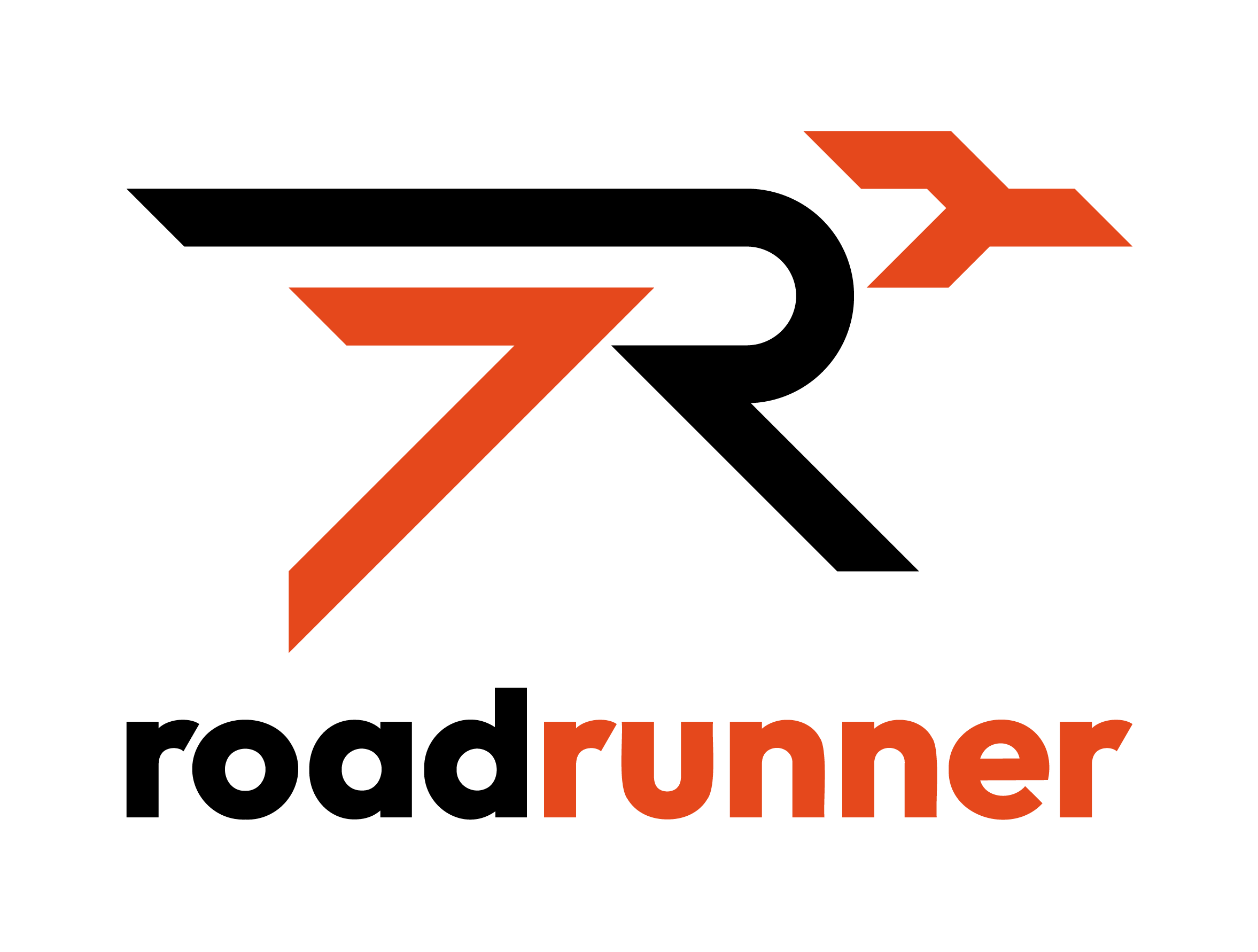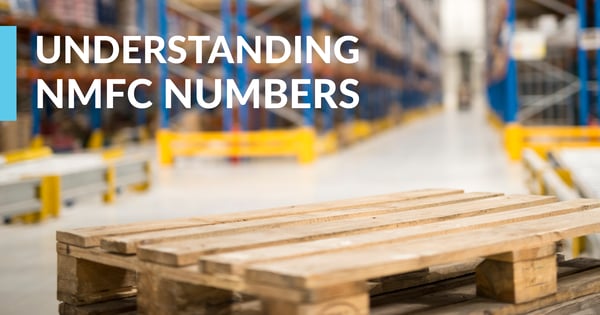UNDERSTANDING NMFC NUMBERS
There are (quite literally) a lot of moving parts in the transportation industry, and NMFC updates are no exception! Roadrunner Freight is here to help simplify LTL shipping, from providing the latest NMFC updates to shipping best practices. Keep reading to learn more about NMFC numbers and the importance of understanding the updates!
the history
National Motor Freight Classification (NMFC) updates were developed and are monitored by the Commodity Classification Standards Board (CCSB). These updates are a voluntary standard that provides a comparison of commodities that are moving interstate, intrastate and within foreign commerce, similar to the concept of grouping or grading systems that serve many other industries.
THE CLASSES
There are 18 classes that commodities are grouped into, ranging from a low of class 50 to a high of class 500. All classes are based on an combination of 4 transportation characteristics, known as "SLED."
- Stowability - This is determined by an item's compatibility with other items on the trailer.
- Liability - This is referring to the value of freight and the probability of it being damaged or stolen, or causing damage to other freight.
- Ease of Handling - The amount of care that this freight will need in order to be shipped.
- Density - Density is the pounds per cubic foot and referring to the measurable amount of space needed for an item.
THE CODES
NMFC codes were designed to establish a baseline understanding of the commodity being shipped. NMFC codes do not suggest rates or charges, but helps LTL shippers identify commodities in the same way across the nation. The codes also help identify standards for packaging each type of commodity, thus promoting safe transportation of various types of items.
Do you want to learn more about the National Motor Freight Classifications? Read our last blog here to learn how knowing your NMFC number will help you save money.


